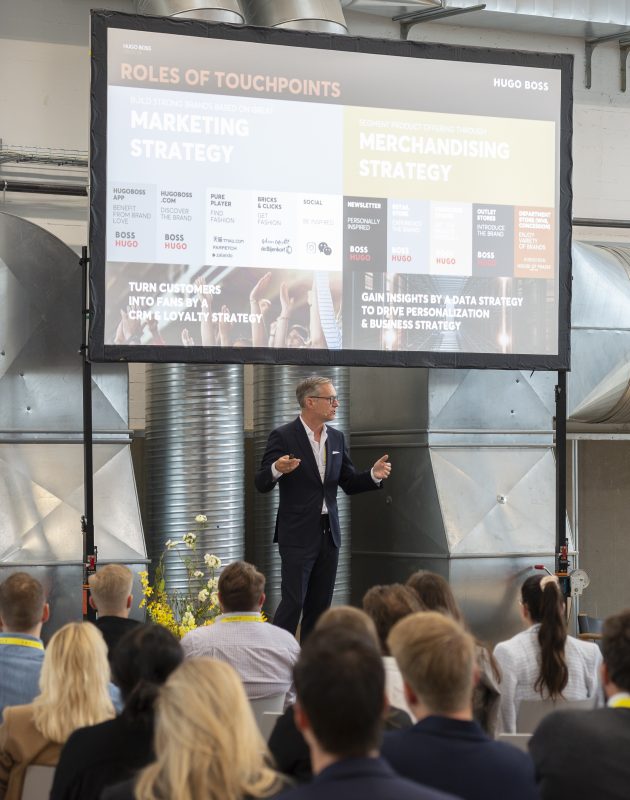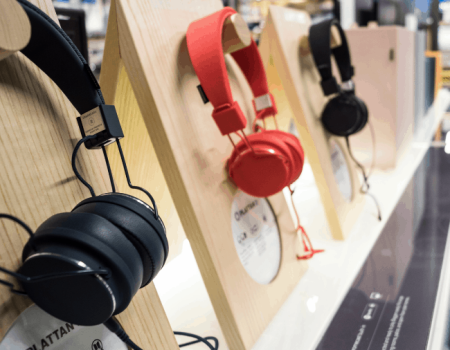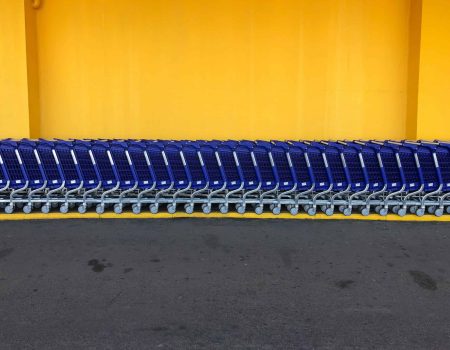Truth: Too many still lack basic omnichannel
Most retailers and brands offer basic omnichannel features. But only 5% of the companies we analysed offer the nine features that we have defined as BASIC omnichannel.
BASIC is the bare minimum that retailers and brands should have today if they wish to stay relevant. If they don’t offer these services, it will affect their sales.
Both now, but especially when Amazon starts operating from their new Swedish domicile.
Missing out on obvious opportunities
Services such as click-and-collect, buy online and return in-store, signing customers up to loyalty programmes, and upsell online by recommending other products in the same category are some of the elements that are considered must-haves for today’s retailers and brands.
It is a surprising result, Kasper Holst, CEO of IMPACT, explains.
This is shocking. Not offering the minimum requirements for omnichannel means losing sales and losing customers. You degrade your brand position and loyalty.
Affect the entire business
Not offering basic omnichannel features has it’s price when looking at revenue. It weakens customers’ desire to shop with you and makes it difficult for you to attract new customers.
Online webshops drive more traffic than physical stores. But without omnichannel, you cannot get customers into your physical stores. And that is a problem.
Physical stores are a unique opportunity to upsell, create relations to customers, or impress customers with good service and thereby nurture a customer’s loyalty.
A third consequence is that it will be harder to sell products since your stock is not connected across channels.
The speed of sales will fall and you risk being in possession of product you cannot move. The ability to look up stock data from physical stores online could remedy this problem.
Show their opening hours online
Offer mobile payment in-store
Upsell online by recommending other products
Offer 'return a product bought online, in-store'
Offer click-and-collect
Use product data at a solid level
Show physical stores' stock online
Offer mobile payment online
Offer electronic receipt in-store
*Only 5% of all retailers and brands meet all nine criteria
Problem: Old IT systems
One of the reasons that the general omnichannel maturity is quite low among retailers is that their outdated IT systems do not support the idea of a seamless buying experience.
It is not enough to adjust and patch up old systems. It is an arduous task and too demanding to handle for the old system.
Meanwhile, features such as click-and-collect, the ability to look up stock data from other stores, and saving the cart across devices are difficult to implement with old systems.
By implementing an order management system (OMS) or a point of sales (POS) system, your business is able to climb the ladder and take the position as an omnichannel champion.
It is an investment in the future, and your business is guaranteed to benefit from in the foreseeable future.
Basic omnichannel
Basic omnichannel means that the fundamentals are in place. They are working with traffic, page optimization, and collecting permission to a certain degree.
The next level is about giving a seamless experience across channels. This means that physical and online stores are integrated and the potential of the loyalty phase is exploited.
When a company gives a relevant and personalised experience across channels, they master omnichannel.
If you don’t adapt to servicing your customers and delivering a positive buying experience in an omnichannel perspective, you will be replaced by substitute products on the market, and you will lose control of your brand experience.
But many retailers and brands still treat channels as independent silos instead of one unit – here, they’re missing out on a crucial competitive edge over pure players and their peers.






